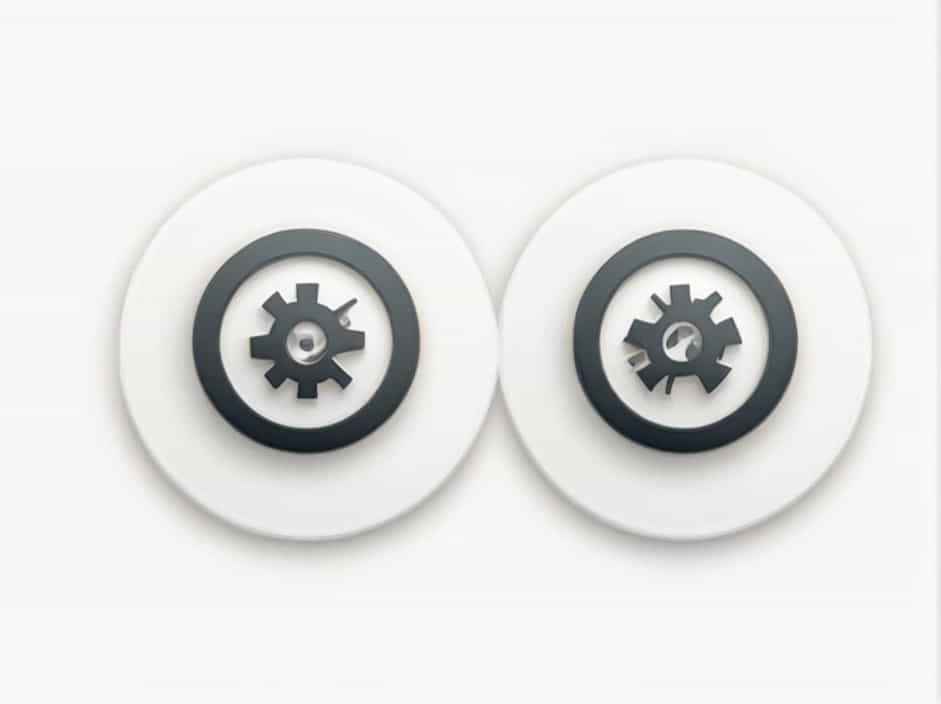When discussing firearms or machinery, the terms semiautomatic and automatic are commonly used but often misunderstood. Both describe mechanisms that automate certain functions, yet they differ significantly in how they operate. Understanding these terms is essential for anyone interested in technology, firearms, or mechanical systems.
This topic will delve into the definitions, functions, and key differences between semiautomatic and automatic systems. With clear explanations and relevant examples, we aim to provide a comprehensive understanding of these terms in an easy-to-read format.
What Does Semiautomatic Mean?
Definition of Semiautomatic
A semiautomatic system performs one action automatically with each input or trigger activation. For instance, in firearms, a semiautomatic gun fires one bullet each time the trigger is pulled. It automatically reloads the next round, but the user must pull the trigger again for subsequent shots.
How Semiautomatic Systems Work
Semiautomatic systems rely on mechanisms that complete a cycle of action without requiring manual intervention for every step. For example, in a semiautomatic firearm:
- The user pulls the trigger to fire a shot.
- The firearm automatically ejects the spent cartridge.
- The next round is loaded into the chamber for the next shot.
This process ensures smoother operation compared to manual systems but retains user control over each individual action.
Common Examples of Semiautomatic Systems
- Firearms: Semiautomatic pistols and rifles are popular for self-defense and recreational shooting.
- Washing Machines: Semiautomatic washing machines require manual intervention to transfer clothes between washing and drying cycles.
- Vehicles: Semiautomatic transmissions assist in gear changes but still require some input from the driver.
What Does Automatic Mean?
Definition of Automatic
An automatic system is one that continues performing its function as long as it is activated, without requiring repeated input. In firearms, an automatic weapon will continuously fire bullets as long as the trigger is held down, stopping only when the trigger is released or the ammunition is depleted.
How Automatic Systems Work
Automatic systems are designed to operate in continuous cycles without user interruption. For instance, in an automatic firearm:
- Pulling and holding the trigger starts the firing process.
- The system automatically ejects spent cartridges, loads new rounds, and fires repeatedly until the trigger is released or the magazine is empty.
These systems are built for maximum efficiency and speed, often used in applications where quick repetitive actions are required.
Common Examples of Automatic Systems
- Firearms: Fully automatic rifles and machine guns are used primarily in military settings.
- Vehicles: Automatic transmissions handle all gear shifts without driver input.
- Production Lines: Automatic machinery in factories operates continuously to manufacture products at high speed.
Key Differences Between Semiautomatic and Automatic
Understanding the distinctions between semiautomatic and automatic systems is critical for appreciating their respective functionalities. Here are the key differences:
1. Operation
- Semiautomatic: Requires a separate input (e.g., trigger pull) for each action.
- Automatic: Continues operating as long as the system is activated (e.g., trigger held down).
2. Control
- Semiautomatic: Offers greater control over individual actions, as each step requires user input.
- Automatic: Prioritizes speed and efficiency, with continuous operation until stopped.
3. Speed
- Semiautomatic: Slower than automatic systems because of the need for repeated input.
- Automatic: Much faster, as the process is continuous.
4. Applications
- Semiautomatic: Common in civilian settings where control and precision are important.
- Automatic: Primarily used in military or industrial environments where rapid operation is critical.
5. Complexity
- Semiautomatic: Typically less complex, with fewer moving parts than automatic systems.
- Automatic: More complex, requiring intricate mechanisms for continuous operation.
Advantages of Semiautomatic Systems
- Precision and Control
Semiautomatic systems give users greater control over each individual action, making them ideal for situations where precision is essential. - Simplicity
They are often simpler in design, which reduces maintenance requirements and potential malfunctions. - Legal Accessibility
Semiautomatic firearms are more widely available for civilian use compared to automatic firearms, which are heavily regulated. - Cost-Effectiveness
Semiautomatic systems are typically more affordable than their automatic counterparts.
Advantages of Automatic Systems
- Efficiency
Automatic systems excel in repetitive tasks, completing actions faster and with less human effort. - High Output
In industries and manufacturing, automatic machines increase productivity and reduce manual labor. - Military Use
Automatic firearms provide soldiers with superior firepower, making them crucial for defense and combat scenarios.
Use Cases for Semiautomatic Systems
- Civilian Firearms: Semiautomatic rifles and pistols are widely used for self-defense, hunting, and recreational shooting.
- Home Appliances: Semiautomatic washing machines allow for user intervention at specific stages, providing flexibility.
- Vehicles: Semiautomatic transmissions are favored by drivers who prefer a mix of control and convenience.
Use Cases for Automatic Systems
- Military: Fully automatic weapons like machine guns are essential for combat operations.
- Manufacturing: Assembly lines use automatic systems to produce goods quickly and consistently.
- Automated Tools: Robotic arms in factories operate automatically to handle repetitive tasks with precision.
Safety and Legal Considerations
Semiautomatic Firearms
Semiautomatic firearms are legal in many countries, though regulations vary. They are generally considered safer than automatic firearms due to their slower rate of fire and increased user control.
Automatic Firearms
Fully automatic firearms are heavily regulated in most countries, with restrictions on ownership and usage. These regulations aim to prevent misuse and ensure public safety.
The difference between semiautomatic and automatic systems lies in their operation, speed, and applications. Semiautomatic systems require individual input for each action, offering precision and control. In contrast, automatic systems operate continuously, prioritizing efficiency and high output.
Both systems have their advantages and are suited for different purposes. Semiautomatic systems are commonly used in civilian settings, where control and simplicity are valued. Meanwhile, automatic systems dominate in military and industrial environments, where speed and productivity are critical.
By understanding these distinctions, you can better appreciate the unique functionalities of semiautomatic and automatic mechanisms, whether in firearms, vehicles, or machinery.
